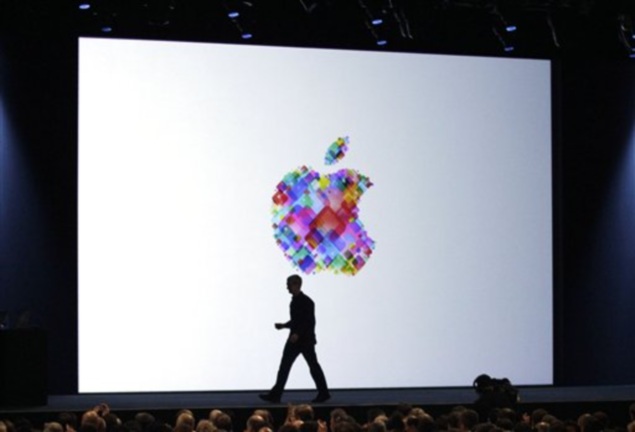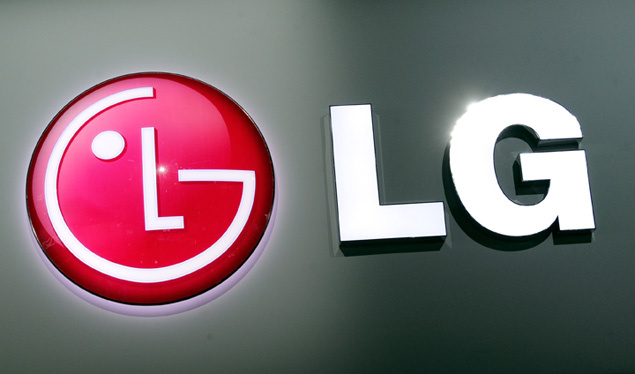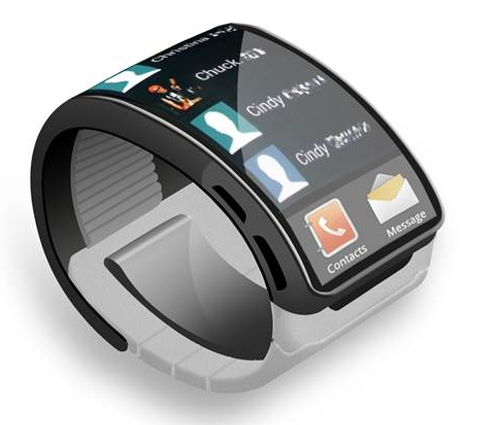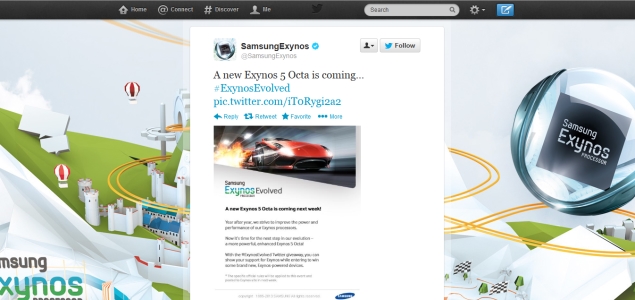It’s time to gear up for some of the weirdest and coolest gadgets, arriving soon on online stores in India. Some of these gadgets have excellent practical usage and some of them are too unique and crazy to be ignored. Take a peek at the 7 most unusual gadgets.
#7 Memoto Cam
Price: $279( 16,500)
16,500)
Ships: Aug/Sept 2013
The Memoto Life Logging Camera is a tiny GPS-enabled camera designed to wear as an accessory. With this tiny device clipped on your shirt, you can auto-capture each and every precious moments of your life. It’s designed to take two snaps per minute and the GPS auto saves the location for each image.
The camera has 2 day long battery life and when connected to a laptop it automatically uploads all your photos to the Memoto’s servers. The Memoto app present in the iPhone and Android are cleverly designed to organize all the images in a neat timeline and present to you, your own photographic memory of images along with time and location they were taken.
#6 LIFX
Price: $79 (Rs 4,700) per unit
Ships: Sept 2013
Here’s a fine example on how you can control real-time objects with just an app. Introducing LIFX, a Wi-Fi enabled, multi-color, energy efficient LED light bulb that you can control with your Smartphone.
All you have to do is replace the old bulbs with LIFX bulbs and make sure the switches are flipped on. Open the LIFX app on your Smartphone, choose your home Wi-Fi, enter the password and let the app configure itself to your router.
Whether you have set up one or multiple LIFX bulbs in your home, each of these bulbs can be individually controlled through your phone. You can even control the brightness and color of the bulbs to match your mood. LIFX bulbs are energy efficient as they consume just 10% of the energy used by the normal bulbs.
#5 Glass Up
Price: $399 (Rs 23,500) a pair
Ships: Feb 2014
Glass up is a pair of augmented reality glass currently developed by an Italian Company. Posing as a competitor for Google glass, this device is going to hit the market in the near future for a far lesser price. By using a low-power technology, Glass Up displays the information in monochrome and has a battery life of 150 hrs on stand-by mode and 8 hrs on constant use.
Glass up has a low-power inbuilt Bluetooth connection that connects to your Smartphone device. By wearing this eye gear, you can literally see your text messages, E-mails, tweets and Facebook updates right in front of eyes. The augmented reality applications help download and display new information. This is a great way to learn about new places on the spot just by seeing them through these cool glasses.
#4 Pocket TV
Price: $139 (Rs 8,200)
Ships: Shipping now with Air Remote
Pocket TV is a tiny device that looks like a pen drive but acts like a micro computer. This device can convert any TV display to an active Google platform. The Android Ice-cream Sandwich present in this device allows you to access Google play store, download multiple apps, stream online videos, access Facebook and other social networking sites and even check E-mails.
Pocket TV comes with 1GHz processor, 4GB internal storage and uses Wi-Fi connection. The device can be controlled either by a standard IT remote or a more interactive Air remote. This also has an USB port to connect a keyboard, mouse or an external storage device. And let’s not forget the external micro SD card present in this cool device for that added data storage!
#3 3Doodler
Price: $99 (Rs 5,900)
Ships: Feb 2014
3Doodler is a unique device innovated by the founders of WobbleWorks LLC. This pen-shaped device promotes making of 3 dimensional objects. Anything you draw on a flat surface can be lifted up to give it that instant 3D look. 3Doodler is a pen-shaped device that has an extruder for a nib. There is a small button near the When you draw an object, the extruder oozes out melted plastic which quickly cools and hardens, giving the object a solid shape.
This pen has a lot of creative uses. With a few hours of practice you can draw beautiful objects in a 3 dimensional space. You can even decorate your place by creating artsy wall hangings and other abstract objects. An excellent way to relive you childhood days on a 3D platform!
#2 Gtar
Price: $399 (Rs 23,500)
Ships: Late 2013
Gtar is an electronic guitar having interactive LEDs of different colors along the fret board, including a docket for an iPhone. When you load the Gtar app and dock up the iPhone, the LEDs light up the guitar at different positions based on the key notes that the music from the iPhone hits. This technique greatly helps a newbie guitar player to actually visualize the music while learning.
The Gtar also comes with a Smart Play feature that interestingly mutes all the incorrect notes that the user hits in order to motivate them to learn music of different complexity. With one of these cool tech toys, it’s anybody’s game to become a rock star.
#1 Oculus Rift
Price: $300 (Rs 17,700)
Ships: August 2013
Oculus Rift is a next-generation head-mounted virtual reality system that puts you right in the middle of a 3D gaming environment. The sense of depth, precision and the auto changing UI display are so amazingly built that once you try one of these immersive head sets, it’ll blow your mind!
This amazing gadget covers every corner of your eyes and gives you a solid 110 degrees of peripheral vision unlike the present day head-mounted displays that gives up to 40 degrees of diagonal vision. The people who have had the pleasure to encounter this uber-cool gadget have admitted to a surrealistic next-gen experience. Needless to say, this is one of the “must have” gadgets of the year.



















